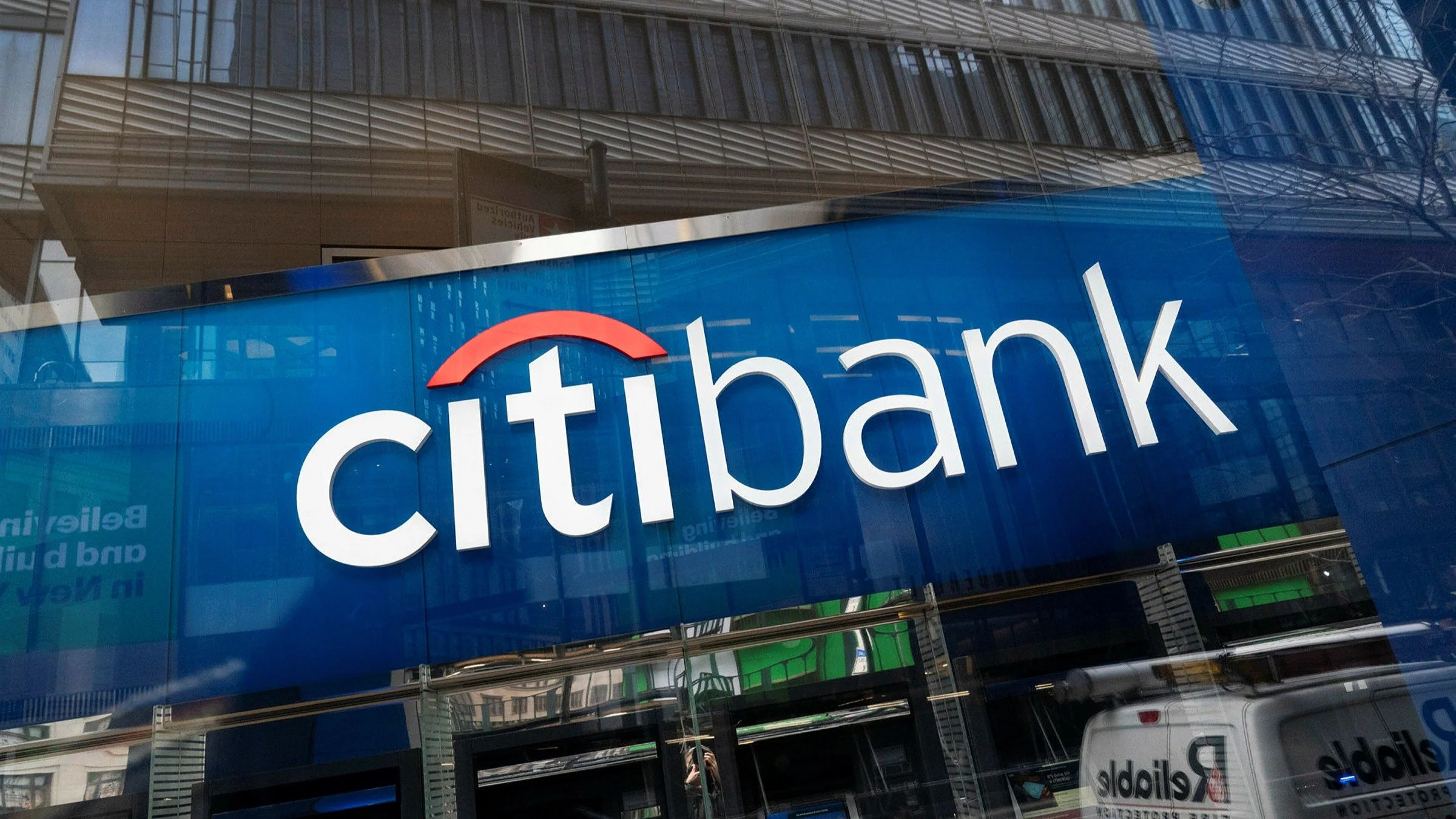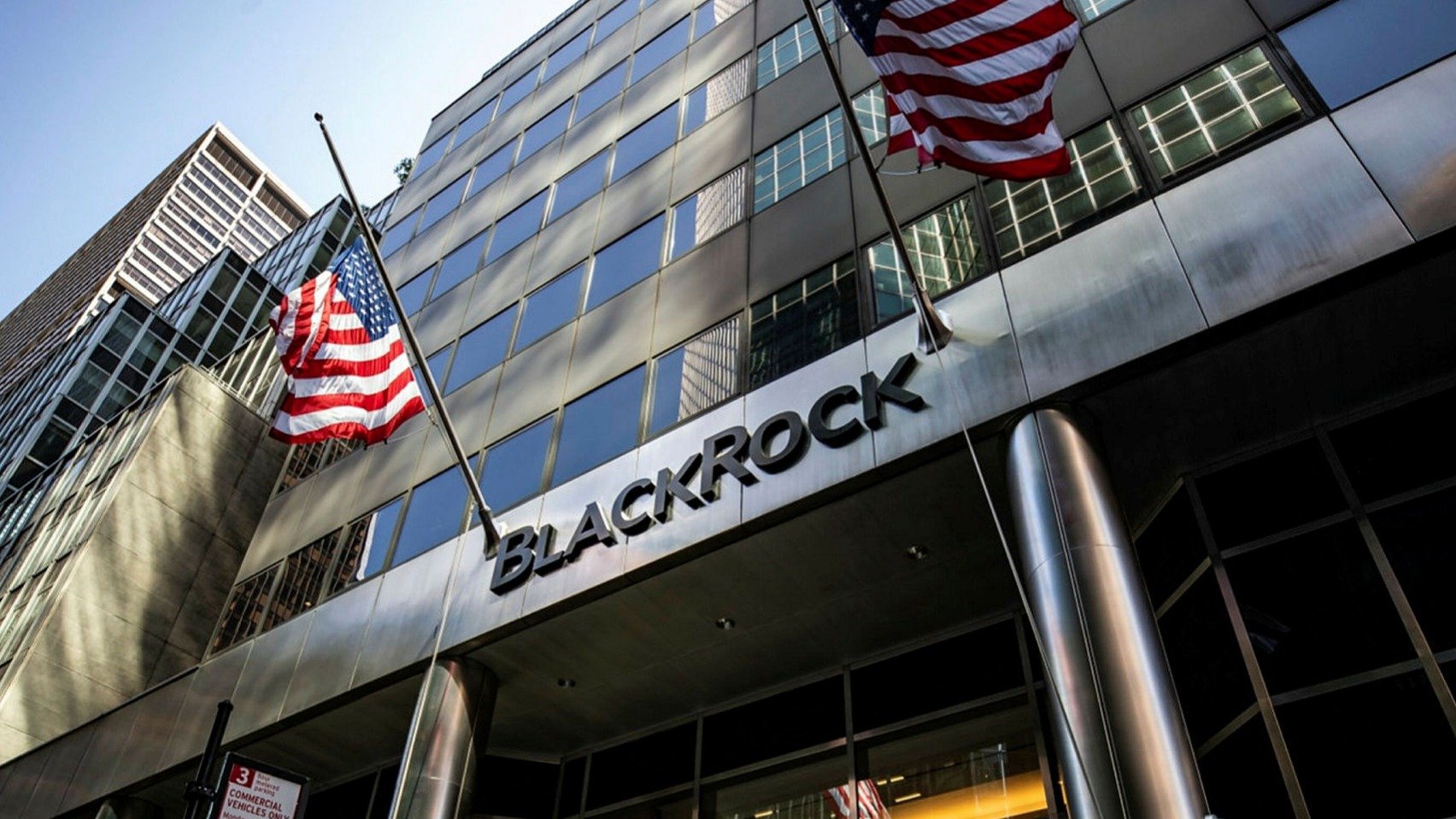
Learn how the Financial Services industry works
Money makes the world go round - and the financial services industry is the engine that powers it.
As a consumer you will be a customer of the retail banks in this sector, but the real value is in the work these companies provide to other companies and governments.
It is a heavily regulated industry and because of that, sometimes slow to adopt new technology.
But with the rise of smaller fintech players, the traditional big hitters are having to evolve fast to stay relevant.
Give me some examples of companies in this sector
A 250,000 employee firm providing services under the holding firm JPMorgan Chase.
More than 5,100 branches and operating in more than 100 countries the company had assets of $3.31 trillion in 2022 making it the largest bank in the United States.
A multi-national investment company based in New York.
The world’s largest asset manager with $10 trillion assets under management in January 2022.
The largest property, casualty, and auto insurance provider in the United States.
More recently the company has moved into banking providing checking and savings accounts and loans to consumers and businesses.
A global investment company focused on alternative asset classes, including private equity.
As of June 2022 the company had $491 billion of assets under management and 121 companies in their private equity portfolio.
What are the different types of companies in this sector?
Banking
These companies allow consumers or companies to deposit money with them and provide loans back to them.
Example companies:
Chase, Bank of America, Citibank, Wells Fargo
Asset Management
These companies manage the capital of companies and high net worth individuals. They provide investment advice and services.
Example Companies
Blackrock, Vanguard, Fidelity, State Street, JP Morgan Chase
Private Equity
These companies raise money from companies and high net worth individuals and invest in large private businesses not traded publicly.
Example companies:
The Blackstone Group, KKR & Co, CVC Capital Partners, The Carlyle Group
Insurance
These companies provide consumers and companies with insurance for health, damage, legal claims and more.
Example companies:
State Farm Group, New York Life Group, United Health Group, Kaiser
Venture Capital
These companies also raise money from companies and individuals and invest in smaller startups and scale ups.
Example companies:
General Atlantic, Sequoia, Andressen Horowitz, Hillhouse Capital Group, Insight Venture Partners
Accounting
These companies provide products and services to help companies and individuals prepare their accounts and tax affairs.
Example companies:
Deloitte, PwC, Ernst & Young, KPMG, McGladrey, Grant Thornton
What are the big trends in this sector that I need to be aware of?
Moving to digital
COVID has only accelerated the transition to digital banking for both consumers and businesses.
The use of cash continues to decline as we pay with our watches and phones.
Smaller more nimble fintech startups understand the needs of the modern consumer and the traditional banks are having to invest heavily to reinvent their businesses as a digital offering.
The thousands of physical branches have quickly moved from an asset to a liability.
Non-finance banking
As technology becomes central to finance - we are seeing non-finance companies accelerate their offering of financial products.
This trend started with the rise of PayPal in the 2000s, but now Apple, Google and Samsung all offer financial products.
Technology companies are allowing a new generation to avoid traditional finance products like loans and credit cards.
Klarna’s “Buy Now Pay Later” disrupts that model and helps retailers to increase their revenues by encouraging purchases that might not be immediately affordable.
Data enhanced services
In the past - if a bank just told you how much money you had in your account that was sufficient.
But today consumers and companies expect so much more. We want to know exactly how we are spending our money, and how that compares to previous months, and whether we are directing more to bills or savings.
The data that the new digital financial products can provide is now essential to the offering.
In the UK, Vitality insurance connects to an Apple Watch to match your premiums to the amount of exercise you take. It helps consumers to feel engaged with a product they hope never to use.
Open banking
As financial services go digital, consumers are able to connect data from multiple providers.
This opens up data privacy issues as consumer and business data is shared between parties.
Open banking is the term used and companies like Plaid have been created to provide the service and the protection between platforms.
What is Fintech?
Fintech is a mash-up of “financial technology” and refers to newer companies that have been created to use technology to provide financial services. The fintech companies are seen as a challenger to the traditional banking, investment and insurance industry.
Banking and Insurance
A new breed of banks and insurers that are 100% digital - with no branches for you to visit.
Being digital they have been able to provide a more consumer-focused user experience built around data, analysis and predictions to help consumers and businesses to manage their money better.
Chime is the largest in the US, offering checking accounts, debit cards and overdrafts.
Investments
Investing in the stock market required a broker on the end of a telephone until only a few years ago.
Today fintechs like Robinhood and eToro have democratised investment making it available via a mobile app.
These companies are regulated but still raise concerns as they are seen to gamify and encourage risky investing.
Platforms
Behind the products that consumers and companies use are platforms that enable the flow of money and data between parties.
Stripe is the largest private fintech company, enabling websites to quickly take payments in multiple currencies and move money around the globe.
Upstart helps other banks to determine the risk profile of a consumer when they request a loan, disrupting the traditional “credit file” industry.
What should I be thinking about?
-
Companies in private equity and asset management are mainly dealing with large corporates, pensions funds and family offices, whereas retail banking and insurance deals with consumers.
Both have very different needs during times of economic uncertainty.
-
Digital is the key theme across all of financial services, but within investment it is important to think about trends in the industries the companies are investing in - sustainability, supply chain issues and post-pandemic behaviour changes.
-
Traditional financial services companies have been slow to change, hindered in many cases by regulations that have not moved with the times.
Your solution needs to help your customer to significantly improve their approach to this fast moving market.
Just looking at the pace of innovation from fintech providers shows that traditional companies will need to innovate at a rapid rate to remain relevant to customers.
Where do I find out more?
Other Tech Companies
Most large tech companies like Salesforce, Microsoft and SAP have verticalised. They produce events, ebooks, datasheets on what their teams see is happening in the industry.
Of course, these are their views based on what they want customers to buy - but still a good source of information.
Companies in the sector
Even if you are selling into smaller private companies, you can learn a lot from the annual reports of their bigger sisters and brothers.
Look for the top five companies in your specific sub-sector and download their latest annual report from their investors page.
It will walk you through their vision, their strategic priorities and the challenges they are facing.









UniCredit is a pan-European Commercial Bank with a unique service offering in Italy, Germany, Central and Eastern Europe.
They serve over 15 million customers worldwide across four core regions and two product factories - Corporate and Individual Solutions.